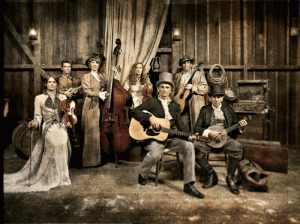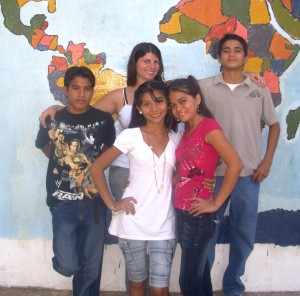by Allen Best
Being a male of a certain age, I’m sometimes distressed to catch sight of an individual in surveillance cameras and mirrors that looks familiar but strange. It’s me, and I must pay closer attention to my diet.
I’m not alone. While people living in the West tend to be leaner those than in other parts of the country, our padding has been growing. The gymnasium helps, but everything starts with your diet. I need a bracelet to jolt me electronically when I grab a bag of chips on my last lap in the grocery store. That same bracelet should zap me for the mere glance at a fast-food joint. In metropolitan Denver, that would require tunnel vision: just one chain, McDonald’s, has 85 stores within a 15-mile radius of where I live.
Fast-food has also become ubiquitous in the rural West. When living in a small mountain town, a friend and I once drove 90 minutes to get a Big Mac. They were novel then, and we felt estranged from mainstream America.
Now, mainstream American has found its way into even the cultural and economic eddies of the West. A computerized map of the nation’s 13,000 McDonald’s by artist and blogger Stephen Von Worley (www.datapointed.net) shows just how ubiquitous fast food is. By this measure, the nation’s most vacant landscape is in South Dakota, where at one site you’d be 145 miles by road from the nearest yellow arch.
Ironically for all this fast food, we now have what some people call food deserts. Usually found in lower-income areas, in these food deserts you can usually find plenty of fast food but few or no grocery stories. The result? The fewer the grocery stories, the greater the obesity among children, according to a report presented at the Rocky Mountain Land Use Institute conference.
Burgers, buns and things outside the bun now dominate our food delivery system. A California study found 56 percent of food came from fast-food restaurants, 25 percent from convenience stores, but just 14 percent from grocery stores. Produce and family markets round out the pie.
Heather Wooten, of the Public Health Law & Policy Center in Oakland, Calif., argues for both sticks and carrots. She recommends zoning policies, similar to those now used to restrict liquor, pornography and medical marijuana. She sees this as an extension of existing food regulation designed to protect public health. She also calls for cities and towns to develop economic strategies to attract healthy-eating venues. How’s that any different than building bike and walking paths?
Local food networks should be part of community sustainability planning, said Jim Dyer, of Durango, Colo. He also noted that, for the very first time, the average life expectancy in the United States may actually decline – owing, he suggested, to our reliance on fatty, salty foods.
Certainly, the locovore movement seems to have legs to it. Farmers markets now abound. Community gardens have proliferated. Many of the better restaurants boast of local ingredients. The locovore movement verges on the mainstream in university and resort towns.
Will the locovore movement penetrate the cities and suburbs where most Westerners live? Driving in some neighborhoods of metropolitan Denver and the Salt Lake Valley, it’s hard to imagine. But remember when half of the population smoked, and we smoked everywhere except in church? That was just 35 years ago. We’re on the same divide with food, but instead of respiratory diseases it’s the diabetes epidemic that has forced a reassessment of our food. Change often starts slowly – and then accelerates.
The idea that city councils and planning commissioners should be thinking about food delivery seems radical. But Durango’s Dyer is probably right that we will increasingly see it as essential community infrastructure, similar to roads, parks and electrical lines.
When I tell people of the virtues and advantages of where I now live, it’s certainly not the fact that I’m within three minutes of a Big Mac. And judging from the port of many people I have seen in these fast-food places, we’d all be better staying at a greater distance.
Allen Best, a journalist for more than 30 years in Colorado, produces a monthly newsletter called Mountain Town News. He can be found at www.mountaintownnews.net.



